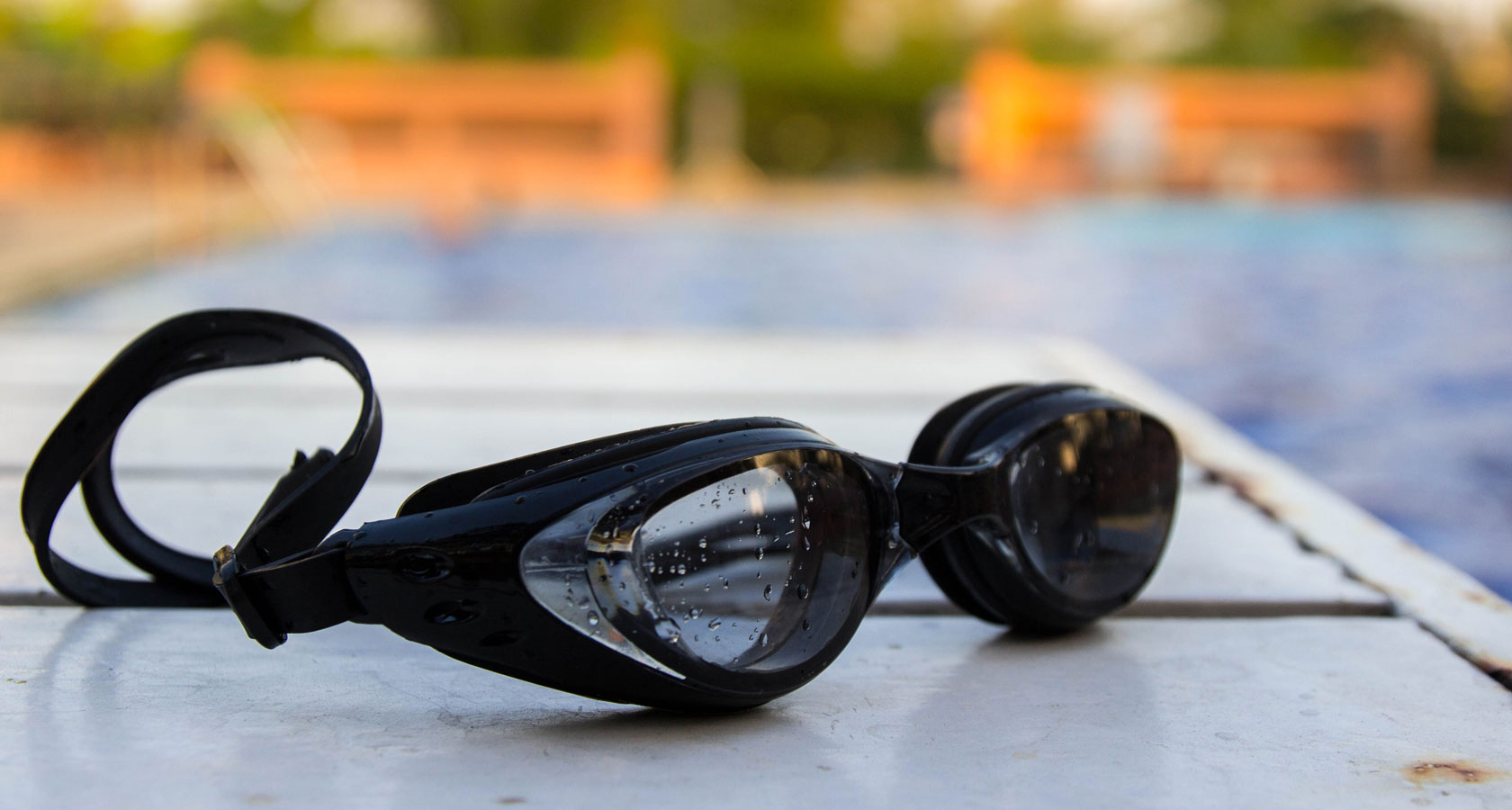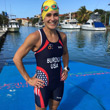Swim-Specific Gear
Swimming is one of the easier disciplines to outfit and practice. If you have access to an indoor pool and you don’t have to worry about the weather, all you really need to start swimming is a suit, cap and goggles. Of course, there are several other items and various training tools for swimming you can try out and use to help you move from beginner and beyond.
Essential Gear
Swimsuit: Start with whatever suit you are most comfortable swimming in; however, there are specially made lap pool suits for a reason. The more aerodynamic you are in the water, lacking any drag from your suit, the more efficient a swimmer you will become. Women generally do well in a one-piece and men can choose from jammers, briefs or aquashorts.
Swim cap: Any sporting goods store should have a cap that will work or you can shop online for different styles and colors if you want to get fancy. Variations in cap thickness, even ones made from neoprene, may be an option if you plan on swimming in colder open water temperatures.
Goggles: You can absolutely start out with a basic pair of swim goggles from your local sporting goods store or any number of online outlets. Fit is key so be sure to get gender specific when ordering or selecting, and if possible, try them on. Lens choices include tinted, smoked or mirrored and may be a good option if you regularly swim in open water or where the sun may be a factor.
Optional Gear
Wetsuit: There are many different styles and brands out there so think about where and how often you may be needing a wetsuit. Find a wetsuit that suits you. If you live where the water is warm then you may not need one to practice in. That said, wetsuits offer the swimmer buoyancy and added warmth and come in sleeveless, capped sleeve and long sleeve styles. They vary wildly in fit from one brand to the next so either try on the specific one you intend to purchase or look closely at the measurement guidelines before you buy. You may also want to invest in a glide stick or spray for easier dressing and removal of your suit! [When you’re allowed to wear a wetsuit.]
Trisuit: A trisuit or kit is what you wear underneath your wetsuit, or if the swim is not wetsuit legal, as your outfit for the entirety of the race. Not unlike a unitard in style and fit, the trisuit is one piece of material, usually sleeveless and with shorts, that you can comfortably and aerodynamically wear for each discipline.
Kickboard: This accessory aids in your swim training, and is available at many indoor pools. Kickboards mostly assist in training your kick speed and power but can also be used between your legs as a pull buoy for exclusively working your upper body in the swim.
Fins: Swim fins are another accessory and may be available where you plan to swim. Wearing fins during training helps you focus more on your stroke as they aid in gliding you through the water, fish-like.
Pull Buoy: Using a pull buoy negates the use of your legs while keeping them afloat behind you, allowing you to strengthen your stroke and upper body as you pull through the water. Pull buoys may be provided where you intend to swim, and if not, try using a kickboard instead.
Snorkel: When you take out the pesky ordeal of trying to breath every stroke or two, you can concentrate more fully on your form. Use a snorkel as an aid in helping to fine tune your mechanics in the water.
Swim Bag: Everything in and around the pool is going to get wet, including your swim bag. There are a variety of sizes and styles of waterproof bags available so you can bring it right to the edge of the pool with all your accessories safely stored.


